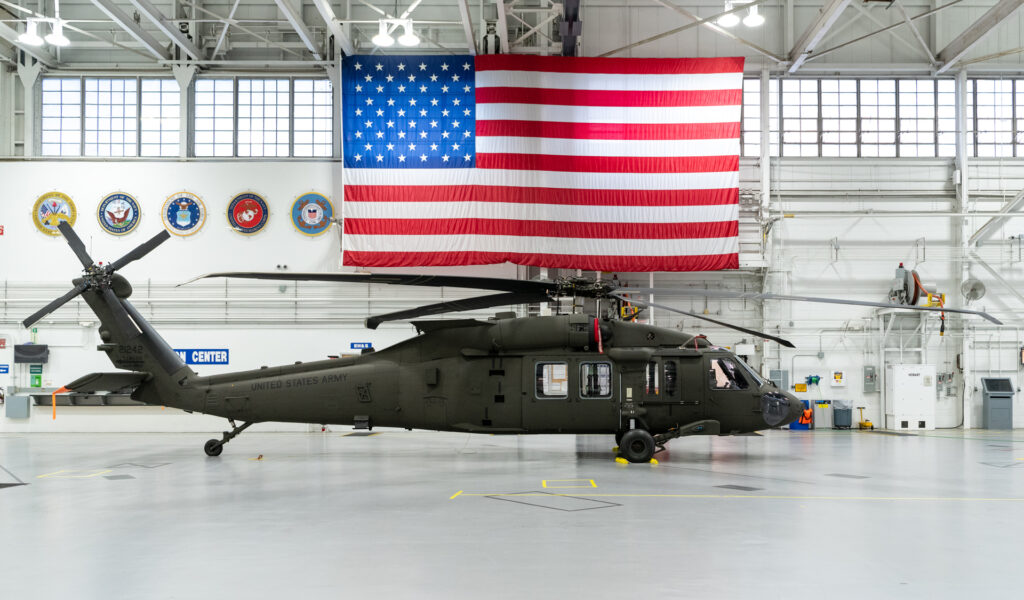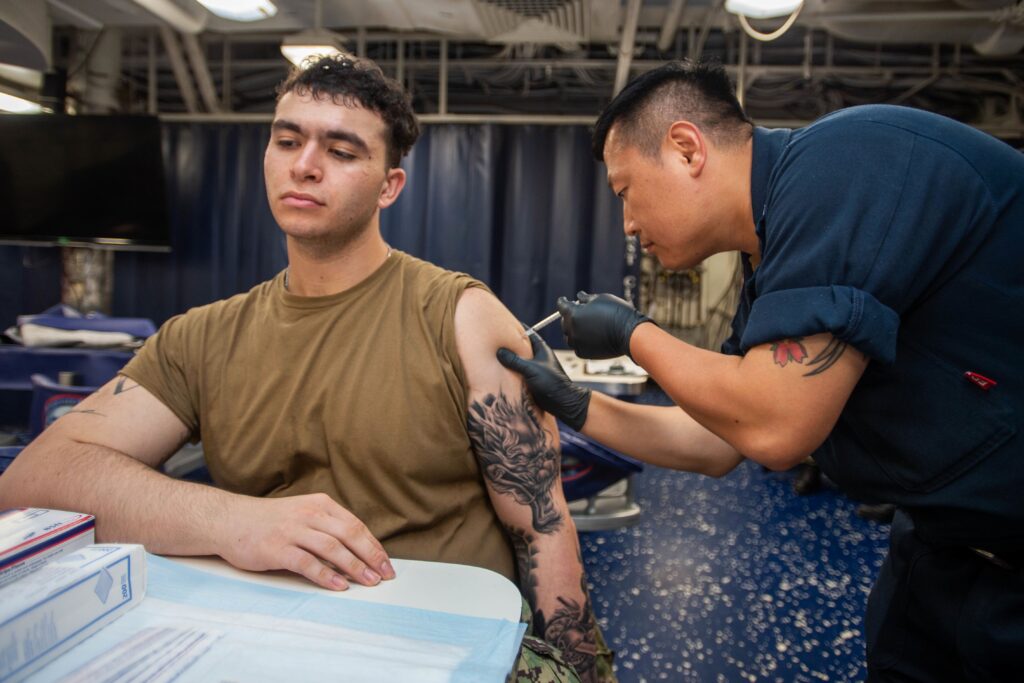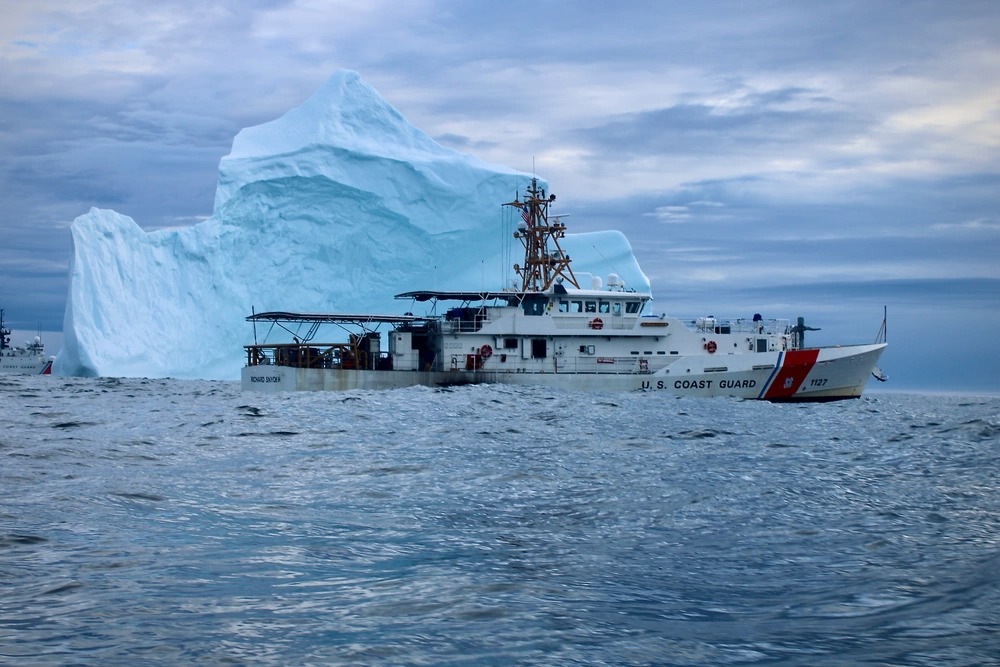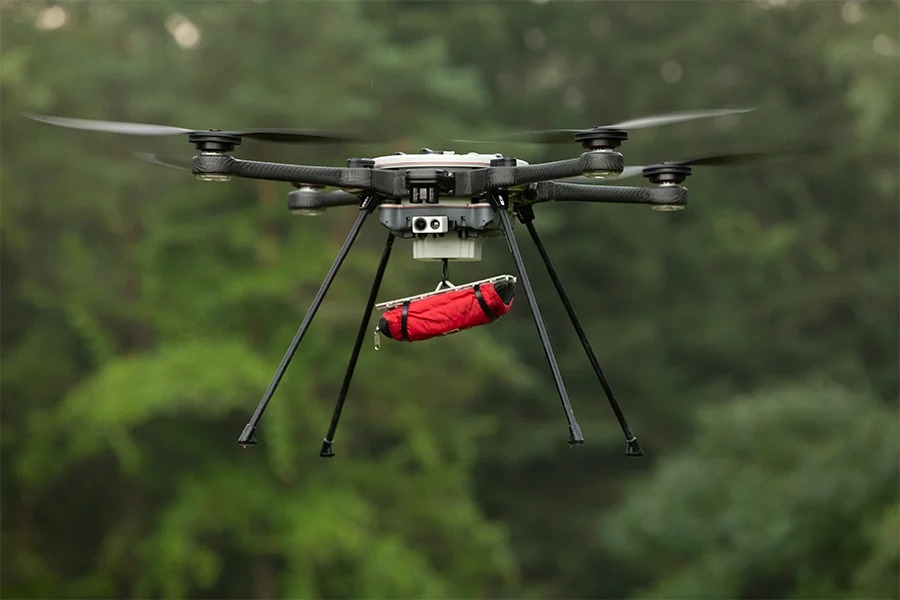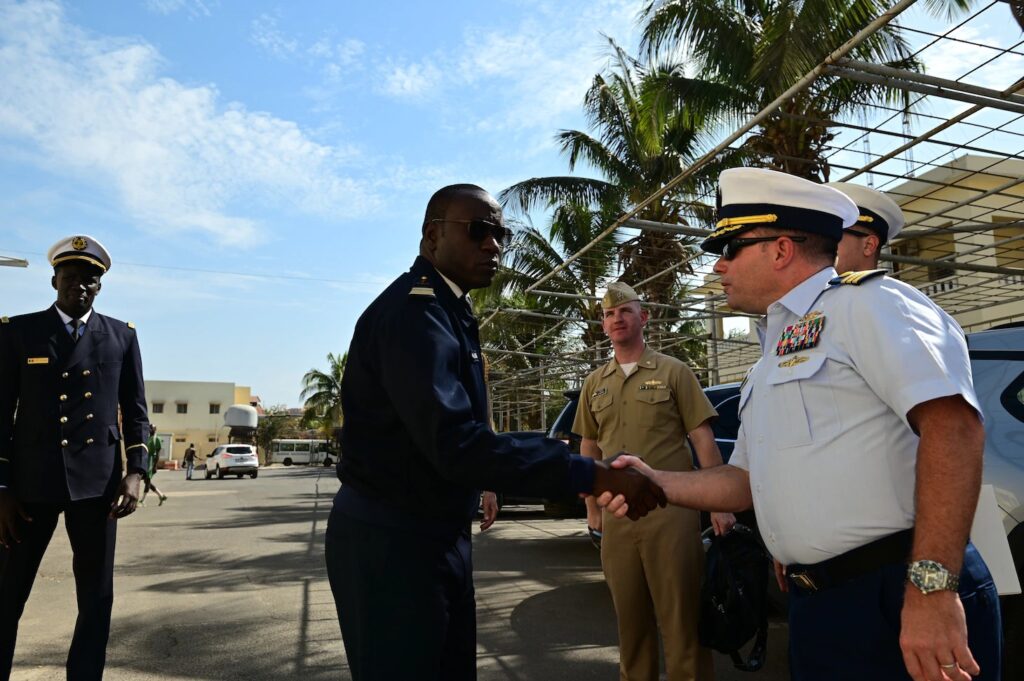National Security Multi-Mission Vessel (NSMV) Program Achieves Milestone with Steel Cutting of Fourth Ship

*******
National Security Multi-Mission Vessel (NSMV) Program Achieves Milestone with Steel Cutting of Fourth Ship
NSMV IV to be delivered to Texas A&M Maritime Academy in 2025
TOTE Services, LLC, (Tote Services) Philly Shipyard, Inc., (Philly Shipyard) and Texas A&M University at Galveston today celebrated the cutting of steel for the fourth National Security Multi-Mission Vessel (NSMV) destined for the Texas A&M Maritime Academy in Galveston, Texas.
This event marks another major construction milestone for the U.S. Department of Transportation Maritime Administration’s (MARAD) NSMV program, designed to provide a purpose-built, state-of-the-art training platform for state maritime academies in New York Massachusetts, Maine, Texas, and California, respectively. In addition to providing world-class training for America’s future mariners, these five NSMVs will be available to support humanitarian assistance and disaster relief missions in times of need. The vessel is contracted for delivery in 2025 to the Academy in Galveston.
“TOTE Services is proud to join MARAD, Philly Shipyard, and the Texas A&M Aggies to celebrate the start of construction of this new vessel that will be used to help train the next generation of officers at the only maritime academy on the Gulf Coast,” said TOTE Services President Jeff Dixon. “This vessel will vastly enhance Texas A&M’s degree programs and give the Academy a ship that can hold its entire program in a single cruise, providing cadets the opportunity to become skilled in ship-handling, decision-making, and unexpected challenges with the type of comradery that cannot be replicated in a classroom.”
In May 2019, MARAD awarded TOTE Services a contract to be the Vessel Construction Manager (VCM) for the NSMV program. Since then, the innovative VCM contract structure has proven to be an effective model in which the government benefits from commercial best practices to design and construct vessels that are built by union labor in a U.S. shipyard with U.S.-made steel and U.S.-made engines.
“Today, marks another significant milestone for TOTE, the Maritime Administration, and the maritime industry as whole,” said Maritime Administrator Ann Phillips (Rear Admiral USN, Ret.). “These NSMV’s will play a crucial role in the maritime industry – providing future generations of mariners a world-class platform for training and serving as an exceptional resource for emergency response and homeland security for the nation.”
Construction of the NSMVs will recapitalize our nation’s maritime training fleet, strengthen America’s industrial base, and directly support more than 1,300 shipyard jobs in Philadelphia, Pennsylvania.
“We are proud to welcome cadets and staff from Texas A&M Maritime Academy to our shipyard in celebration of the official start of fabrication on their new training vessel,” said Steinar Nerbovik, President and CEO, Philly Shipyard. “With this milestone event in the NSMV program, we now have four ships under active construction and strong backlog into the future. I want to thank everyone involved in this project across the board, including all of our advocates, our partners at MARAD and TOTE Services, our suppliers, and of course the staff and workers around me who are supporting and constructing these important vessels that will build America’s maritime future.”
“This is a significant milestone for Texas A&M University at Galveston, home to the Texas A&M Maritime Academy,” said Col. Michael E. Fossum, Vice President of Texas A&M University, Chief Operating Officer of the Galveston Campus and Superintendent of the Texas A&M Maritime Academy. “Having the ability to live, learn and train together on a world-class, specialized training vessel is essential to meeting our mission in educating and training merchant mariners who go on to serve in both our armed forces and the maritime industry. We’re incredibly grateful to MARAD, TOTE Services, and Philly Shipyard for their stewardship of the NSMV program.”
Construction of the first two vessels is well underway, with contracted delivery of NSMV I to SUNY Maritime College in 2023, NSMV II to Massachusetts Maritime Academy in 2024, and NSMV III to Maine Maritime Academy in 2024.
About the National Security Multi-Mission Vessel (NSMV) Program
The U.S. Department of Transportation Maritime Administration’s (MARAD) NSMV program is designed to provide a purpose-built, state-of-the-art training platform for the state maritime academies in New York Massachusetts, Maine, Texas, and California, respectively.
This next-generation training fleet will address a critical shortage of qualified officers necessary to crew government and commercial owned sealift ships. In addition to providing world-class training for America’s future mariners, the NSMVs will be available to support humanitarian assistance and disaster relief missions in times of need.
The NSMV will feature numerous instructional spaces, a full training bridge, and have space for up to 600 cadets to train in a first-rate maritime academic environment at sea. State maritime academies graduate more than half of all new officers each year—the merchant mariners who help keep cargoes and our economy moving. Many also support U.S. national security by crewing military sealift vessels.
In addition to being a state-of-the-art training and educational platform, each ship will feature modern hospital facilities, a helicopter pad, and the ability to accommodate up to 1,000 people in times of humanitarian need. Adding to the NSMV’s capability, it will provide needed roll-on/roll-off and container storage capacity for use during disaster relief missions.
Ship specifications will be compatible with the pier length, draft restrictions, and mooring limitations at each of the maritime training academies.
Vessel specifications:
- Length: 159.85 m
- Breadth: 27.00 m
- Draft, scantling: 7.50 m
- Total berthing: 760 people
- Speed: 18 kts
- Deadweight: 8,487 MT


